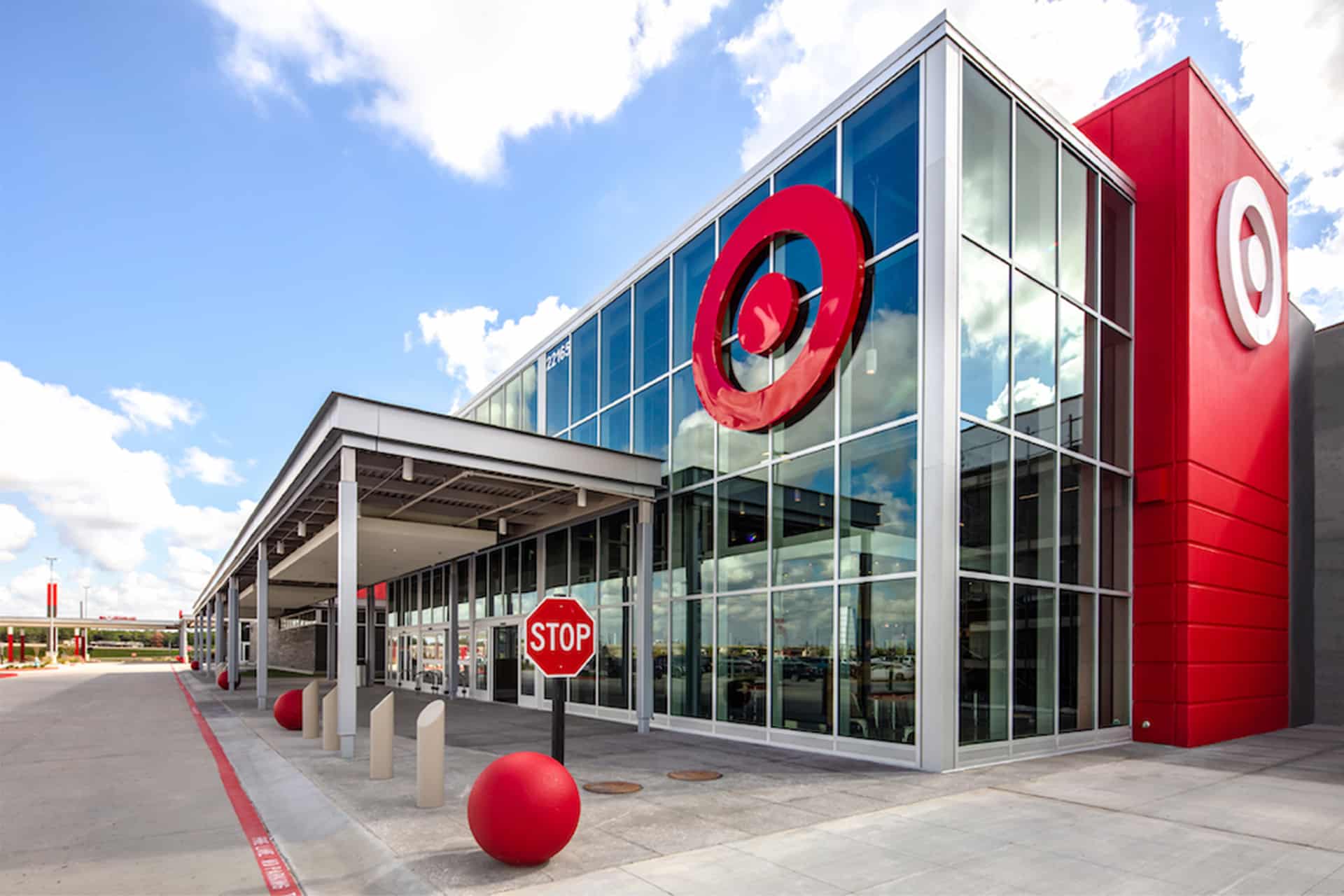Target first-quarter earnings declined year over year, disappointing Wall Street. However, the company’s chair and CEO, Brian Cornell, said that recent moves, including price cuts the company has been rolling out, position it for a return to growth.
Net earnings were $942 million, or $2.03 per diluted share, versus $950 million, or $2.05 per diluted share, in the year-previous quarter, the company reported.
Earnings per diluted share fell short of a Yahoo-Finance analyst consensus of $2.05, while revenues were slightly higher than the $24.52 forecast.
Comparable sales decreased 3.7%, while digital comps grew 1.4%. Same-day services grew nearly 9%, led by more than 13% growth in Drive Up, the company maintained. Sales declines occurred primarily in discretionary categories, partially offset by continued growth in beauty. However, the company asserted that discretionary sales trends continued to improve in the first quarter when compared with prior periods, led by an improvement of nearly four percentage points in apparel versus the 2023 fourth quarter.
Net sales were $24.14 billion and total revenues were $24.53 billion versus $24.95 billion and $25.32 billion, respectively, in the year-previous quarter. Operating income was $1.3 billion versus $1.33 billion in the period a year before.
In a conference call, Cornell said Target chair and CEO said “consumers continue to exhibit a high degree of resilience” when facing economic factors, including higher interest rates and inflation. Target has seen what Cornell characterized as a “normalization” of consumer spending patterns, including more cash devoted to services and entertainment. A result of the combined effects has been softening spending on discretionary goods “most notably in home and hardlines,” he said. Still, discretionary spending trends have improved as inflation has declined recently. Observers have noted that the decline in inflation is more pronounced in products than in services.
Cornell pointed out that the company is putting emphasis on newness and addressing seasonal shopping. To deliver value, he said Target has launched price cuts across 1,500 frequently shopped items in many markets, and the company is planning thousands of price cuts for this summer with a focus on everyday needs. He added that the recent relaunch of the Target Circle loyalty program with particular stress on value and ease of use. Cornell said the company had added a million new Target Circle members in the first quarter. Also, he said the first quarter had seen gains in digital sales for the first time in a year and strength in its proprietary advertising program.
In announcing the first quarter results, Cornell said, “Our first quarter financial performance was in line with our expectations on both the top and bottom line, tracking the trajectory we outlined for this year and setting up a return to growth in the second quarter. Our topline performance improved for the third consecutive quarter, with growth in our digital business led by strength in our same-day fulfillment services. Consumers continue to respond to the newness and value that we offer across our shopping experience, and we’re pleased with early results from the relaunch of Target Circle. Looking ahead, our team will deliver for our guests through lower prices, a seasonally relevant assortment, ease and convenience as we keep investing in our strategy and efficiency initiatives to get back to growth and deliver on our longer-term financial goals.”
Matt Pavich, senior director of strategy and innovation at Revionics, an Aptos Co. specialized in retail price optimization solutions, said the recent Target actions had implications for the company and beyond.
“Target’s move to address price fatigue by cutting prices on 5,000 essential items is the latest evidence that prices are coming down in the categories consumers care about most. Not only is Target launching brands like Dealworthy to meet the moment, but Target is also ensuring that the key value items consumers depend on are affordable and better priced than the competition. This is essential as endless consumer surveys and sales data show that consumers are unshakably looking for value: we’re in a down trading economy, that’s no question.
He added, “Leading retailers are using advanced analytics to best identify which items to drop in price and how to balance those price drops with margin opportunities to be found elsewhere. This pricing approach ensures that retailers can give consumers attractive prices while growing share profitably and sustainably.”





